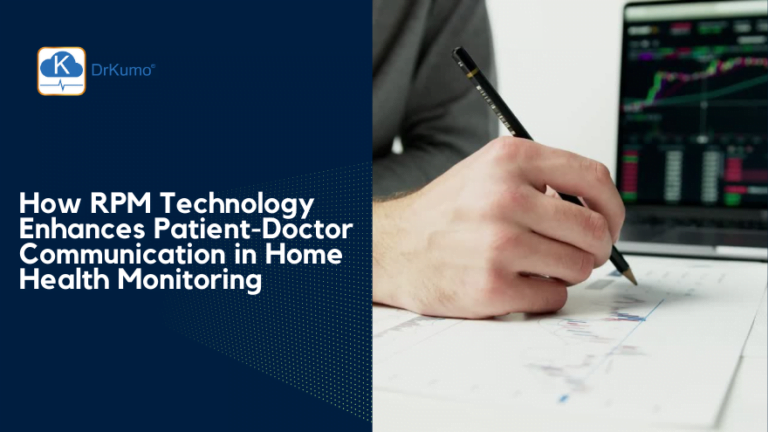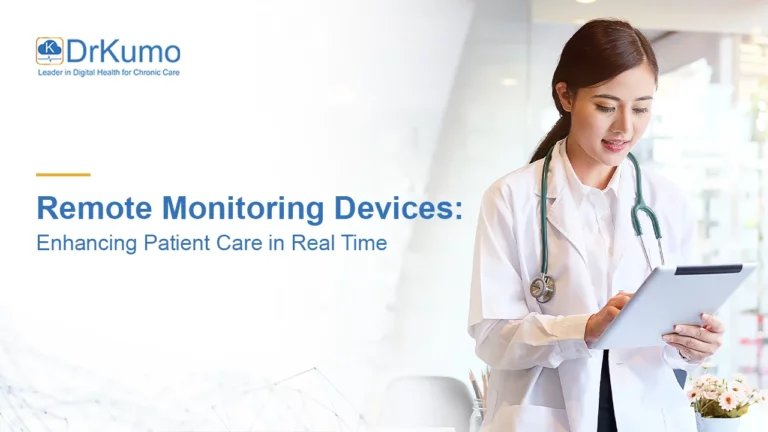The sedentary lifestyle has long been increased since the 1950s. This lifestyle shift is brought about by technology paving the way in making our lives easier and more automated. Computer screens for work, education, and recreation are becoming more normalized in this day and age.
According to CDC, one in every four adults sit more than 8 hours per day, and 4 in 10 do not exercise each week. WHO attests to this, stating that more than a quarter of the world’s adult population are insufficiently active. Levels of physical activity have not improved since 2001.
Low physical activity can be attributed to passivity during leisure time and sedentary behavior at work and home. This alarming data is significantly increasing, considering the COVID-19 pandemic still occurring today.
Inactive people have a 20% to 30% increased risk of death compared to sufficiently active people. The following health risks are more pronounced since more people are sitting and working at home all day:
Obesity, stroke, and heart diseases
Sitting all day slows the body’s metabolism and increases the risk of atherosclerosis, where excess cholesterol clogs in the arteries resulting in poor oxygen circulation. Atherosclerosis accelerates the risk of getting heart attacks and stroke. A sedentary lifestyle and low physical activity are also associated with an increased risk of metabolic syndrome, a combination of obesity complications that include hypertension, dyslipidemia, glucose intolerance, and abdominal obesity.
Diabetes
Diabetes prevails to be one of the leading causes of mortality worldwide and is related to other chronic diseases such as obesity, stroke, and heart diseases. Prolonged sitting increases insulin resistance which increases the risk of acquiring type 2 diabetes. Without insulin working in your body, glucose is not properly metabolized and used as energy or stored as fuel.
Back problems
Poor posture resulting from sitting in front of your computer creates a hunched back and adds stress on the neck. The shortening of hip flexors and abdominal muscles compresses discs in your spine–the back will not support you well if you sit for an extended period. Prolonged sitting can also weaken and waste your leg and gluteal muscles, which increases the risk of injury from falls, even from exercise.
Other Diseases
Too much lounging around increases feelings of anxiety and depression. The risk of developing lung, uterine, and colon cancers has also been correlated to less physical inactivity.
Is sitting the new smoking?
The “sitting is the new smoking” is a campaign created to emphasize the ill consequences of sitting too much. This statement created an exaggeration of mass media to condemn sitting, which can be discouraging to people with desk jobs. Sitting and smoking are distinct behaviors with different levels of associated risk. “An individual can most often decide to sit, stand, or move. However, an individual often cannot simply choose to avoid second- or thirdhand smoke,” according to a 2018 study.
Nevertheless, sitting for more than eight hours a day compared with less than four hours a day is associated with poor health outcomes. While the pandemic is still occurring, we can practice the following tips:
1. Practice good sitting posture
Healthy sitting starts with awareness of a good posture. Straightening your back and avoiding slouching is a good way to avoid back pain as hunched back and stiff shoulders can weaken your back muscles. Always maintain a neutral spine when comfortable office chair at your desk computer. A standing desk is a good option, too.
2. Take work breaks
Just as walking after eating help with digestion, 5-minute break for every 30 minutes of sitting is a good way to kick your sedentary behaviors. This 5-minute break can include stretching, standing, or walking around. Physical activity gives more oxygen circulation in your brain, helps you become more energized and less tired throughout the day.
Do it consistently. There are apps to remind you to stretch or stand every hour. While on a break, consider standing while taking phone calls and reading emails.
3. Be more proactive
Small changes in habits can significantly improve health, such as:
- taking the stairs instead of the elevator;
- doing one leg stand balance when watching TV or brushing your teeth;
- during your daily commute to work, stand more or get off one stop early and walk to your destination; and
- parking your car farther from the office allows you to walk more.
The growth of smartwatches has been evolving. From a simple time-teller to a fitness tracker, the pedometer feature tracks your steps each day and can help you become more proactive with your health. DrKumo‘s smartwatch, which is more than a pedometer, acts as a wearable healthcare monitoring device and helps determine if a patient’s fitness level is active or sedentary by collecting biometric data thru its sensors.
RELATED ARTICLE: Smartwatch as a Wearable Healthcare Monitoring Device
A new CDC guideline in November 2020 recommends increasing physical activity to 150-300 minutes of aerobic exercise or at least 75-150 minutes of high-intensity physical activity per week. Physical activity is globally promoted to lessen the risk of developing chronic disease. While outdoor activities are limited due to the pandemic, you can do indoor home activities such as yoga and pilates in the meantime. Do squats and lunges as muscle-strength training is recommended for at least two days a week.
WHO’s global target is to reduce physical inactivity by 10% by 2025 and by 15% by 2030. Using more digital technologies for behavioral change and advancing population surveillance of physical inactivity are a few of their approaches to promoting physical well-being and ensuring healthier lives.
In conclusion, a small change in habit goes a long way. Replacing sedentary time by frequently getting up provides many health benefits regardless of how much time you spend sitting.








